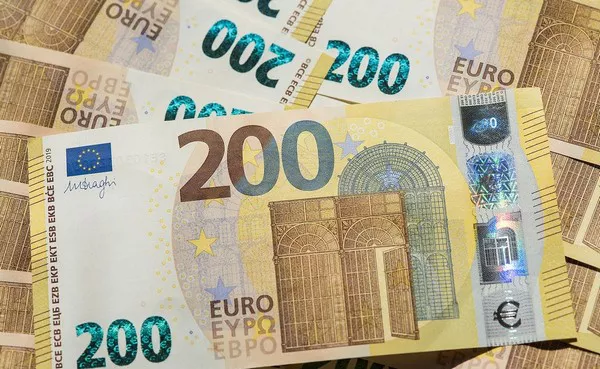In the realm of international finance, the exchange rate serves as a pivotal factor influencing global transactions and economic activities. This article delves into the intricacies of converting 64 euros into US dollars, exploring the current exchange rate, conversion calculations, factors shaping exchange rates, forecasts, financial advice, legal and tax implications, economic indicators, and the global market impact.
Current Exchange Rate:
As of the time of writing, the current exchange rate between the euro (EUR) and the US dollar (USD) fluctuates due to various economic factors, geopolitical events, and market sentiments. The exchange rate is a dynamic figure determined by the forces of demand and supply in the foreign exchange market. It reflects the relative value of one currency against another.
Conversion Calculation:
To determine the value of 64 euros in US dollars, one must refer to the prevailing exchange rate. Suppose the current exchange rate is 1 euro = 1.07 US dollars. Multiplying 64 euros by the exchange rate yields:
64 euros * 1.07 USD/euro = 68.46 US dollars
Thus, 64 euros would be equivalent to approximately 68.46 US dollars based on the given exchange rate.
Factors Influencing Exchange Rates:
Exchange rates are influenced by a multitude of factors, including but not limited to:
Interest Rates: Disparities in interest rates between countries can attract foreign investment and impact currency value.
Economic Performance: Strong economic indicators such as GDP growth, employment rates, and inflation levels can bolster a currency’s value.
Political Stability: Political uncertainty or instability can erode investor confidence and weaken a currency.
Trade Balance: Countries with trade surpluses typically experience stronger currencies due to increased demand for their exports.
Speculation: Market speculation and sentiment can lead to short-term fluctuations in exchange rates.
Forecast and Trends:
Forecasting exchange rates with precision is challenging, given the multitude of variables at play. Analysts employ various methodologies, including fundamental analysis, technical analysis, and econometric models, to predict currency movements. However, it’s essential to acknowledge the inherent uncertainty in forecasting and the possibility of unforeseen events impacting exchange rates.
Financial Advice:
When engaging in currency exchange transactions, individuals and businesses should consider the following financial advice:
Timing: Monitor exchange rate trends and consider executing transactions when rates are favorable.
Diversification: Spread currency holdings across different currencies to mitigate risk.
Hedging: Utilize financial instruments such as options and futures to hedge against adverse currency movements.
Cost Consideration: Be mindful of transaction fees and exchange rate spreads charged by financial institutions.
Legal and Tax Implications:
Currency exchange transactions may have legal and tax implications, particularly for businesses and investors. It’s crucial to consult legal and tax professionals to ensure compliance with relevant regulations and optimize tax efficiency.
Economic Indicators:
Key economic indicators provide insights into the health of a country’s economy and can influence exchange rates. Some essential indicators to monitor include:
Gross Domestic Product (GDP): Measures the total value of goods and services produced within a country’s borders.
Inflation Rate: Reflects the rate at which the general price level of goods and services rises.
Unemployment Rate: Indicates the percentage of the labor force that is unemployed and actively seeking employment.
Interest Rates: Set by central banks, interest rates influence borrowing costs, investment decisions, and currency values.
Global Market Impact:
Exchange rate movements have far-reaching implications on global trade, investment flows, and economic stability. A strengthening or weakening currency can impact export competitiveness, corporate earnings, and inflation levels, thereby shaping economic conditions both domestically and internationally.
Conclusion:
In conclusion, determining the value of 64 euros in US dollars involves considering the prevailing exchange rate, conversion calculations, and various factors influencing exchange rates. While forecasting currency movements can be challenging, individuals and businesses can benefit from sound financial advice, awareness of legal and tax implications, and monitoring key economic indicators. Ultimately, exchange rate fluctuations have significant ramifications on global markets, necessitating a nuanced understanding of currency dynamics in today’s interconnected world.
Related Topics:


























